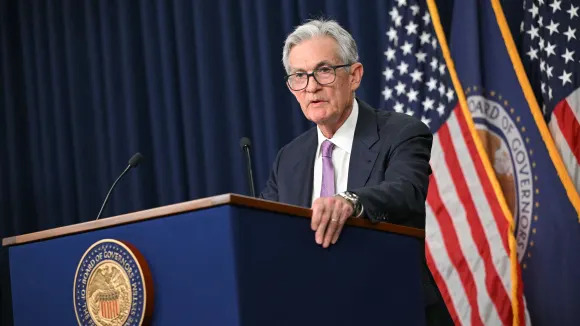What does the Fed’s 50bps cut say about the US economy?
After the Federal Reserve announced a 50-basis-point cut to interest rates, its first cut in four years, Threadneedle Ventures founder Ann Berry and EY chief economist Greg Daco join Seana Smith and Josh Lipton to break down what this move signals about the US economy. “The Fed decided to go big or go home,” Daco says, noting that the half-point cut "shows that Fed Chair [Jerome] Powell was the leader in terms of this openness to [a] larger rate cut, managed to convince his colleagues, who up until very recently were talking about a methodical approach to easing monetary policy.” “Going larger with a 50-basis-point rate cut allows the Fed to catch up to where it should have been in terms of placing monetary policy in a much better strategic position, approaching the slowdown that we're starting to see in the labor market,” Daco adds. Berry takes a more long-term view, saying, “It's about the 100-basis-point reduction over the longer term.” The dot plot, which shows the 19 Fed officials' projections for the federal funds rate, indicates the Fed plans to cut 100 basis points by the end of the year, including Wednesday’s 50-basis-point cut, leaving another 50 basis points to cut at the remaining two FOMC meetings. "This does raise a question” as “historically, 50 basis points came before a recession or fears of a recession," Berry tells the Market Domination team. Daco says he sees “something of a softening in terms of economic momentum, not a retrenchment” or recession, “but when we think about the economy, the Fed has to be a bit forward-looking, so what it's doing right now is catching up to today's economic conditions.” For more expert insight and the latest market action, click here to watch this full episode of Market Domination. This post was written by Naomi Buchanan.







